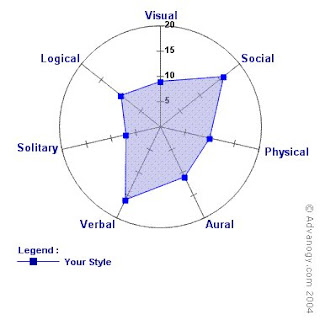- writing a report
- practicing typing
- using an on line thesorous/dictionary
Type II technology is the use of technology in the classroom to teach a carriculum that can not be taught without said technology. It us used to understand the concepts and build projects in was that students can not do without the technology.
- following the Olympics or specific Olympian live time during an Olympic year
- learning about weather patterns by following current weather maps from local and national or even international weather satillite stations
- follow a Presidential candidate through thier campaign trail gaining access to multiple viewpoints and many different sides of the candidate than would be available in the media like radio, news paper, and television
Cite:
"http://faculty.umf.maine.edu/~overallt/melwebquest/"

